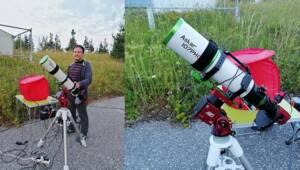
My experience with ZWO AM5 and AM5N mounts
By Rumen G.Bogdanovski, Software engineer, PhD in Astrophysics and astrophotographer Introduction I am an astrophysicist, software developer, and astrophotographer. My passion for astronomy dates back to my earliest memories. One

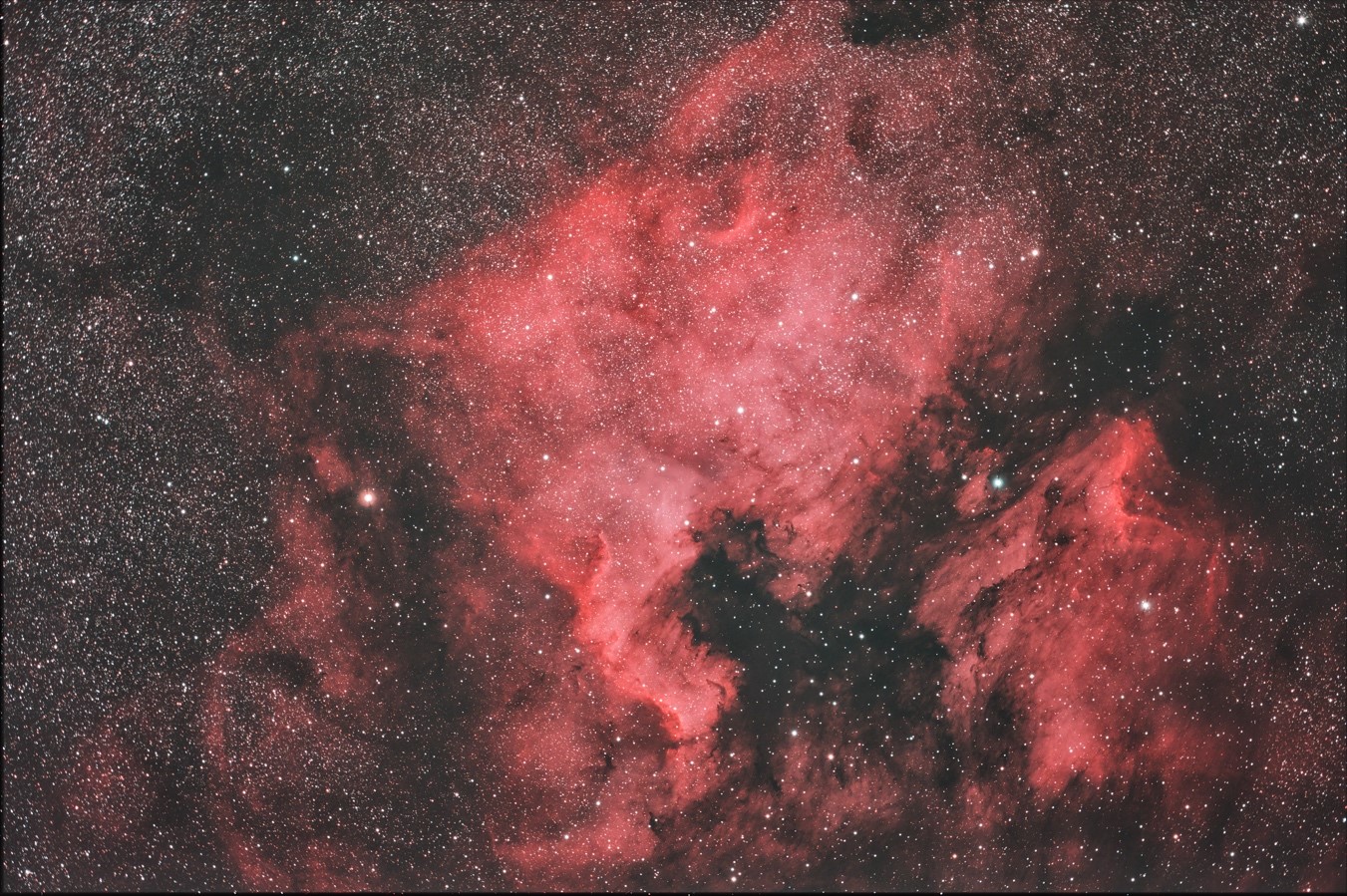

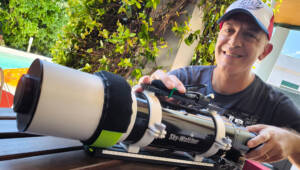
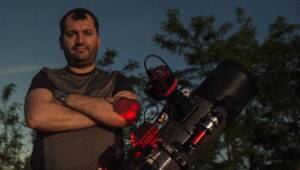
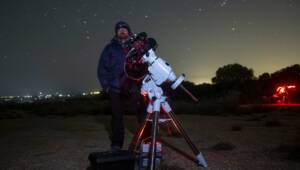
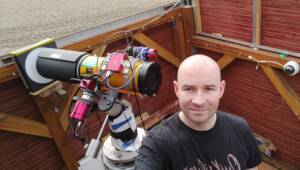
6 Comments
Frank White
I want to use a asiair on my MeadeLx 85 mount, is this possible?
Thanks Frank
Katherine Tsai
Yes, it is supported.
Jim Anderson
Very nice review. Any chances a monochrome version will be made available?
ZWO.Moson
Thank you. We currently don’t have this plan, you can keep an eye on our website.
johnlagerling
I just ordered one from your site. Do you have a rough sense for when inventory will be available again? Thank you.
sara.liu
May I have your order number?